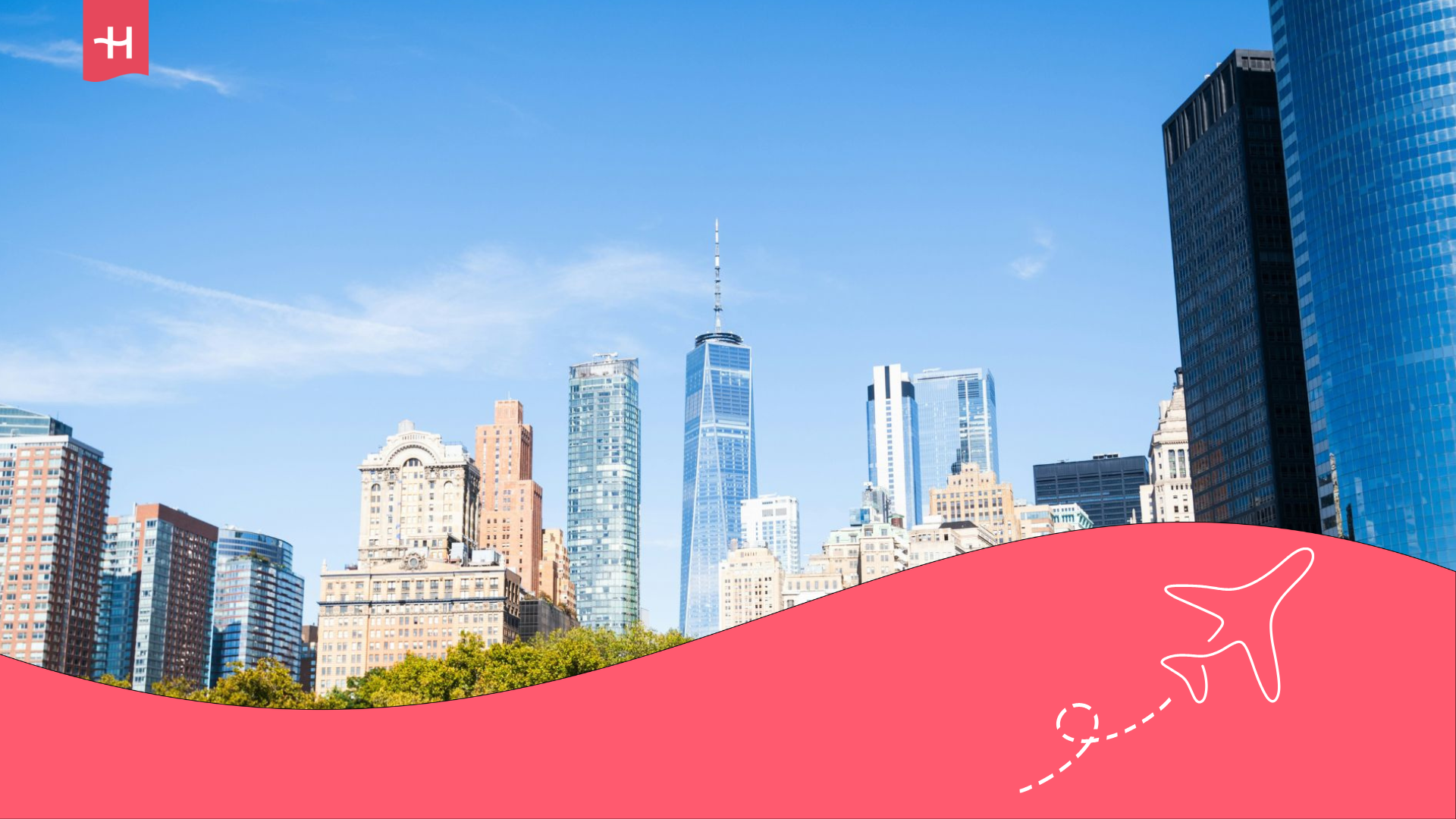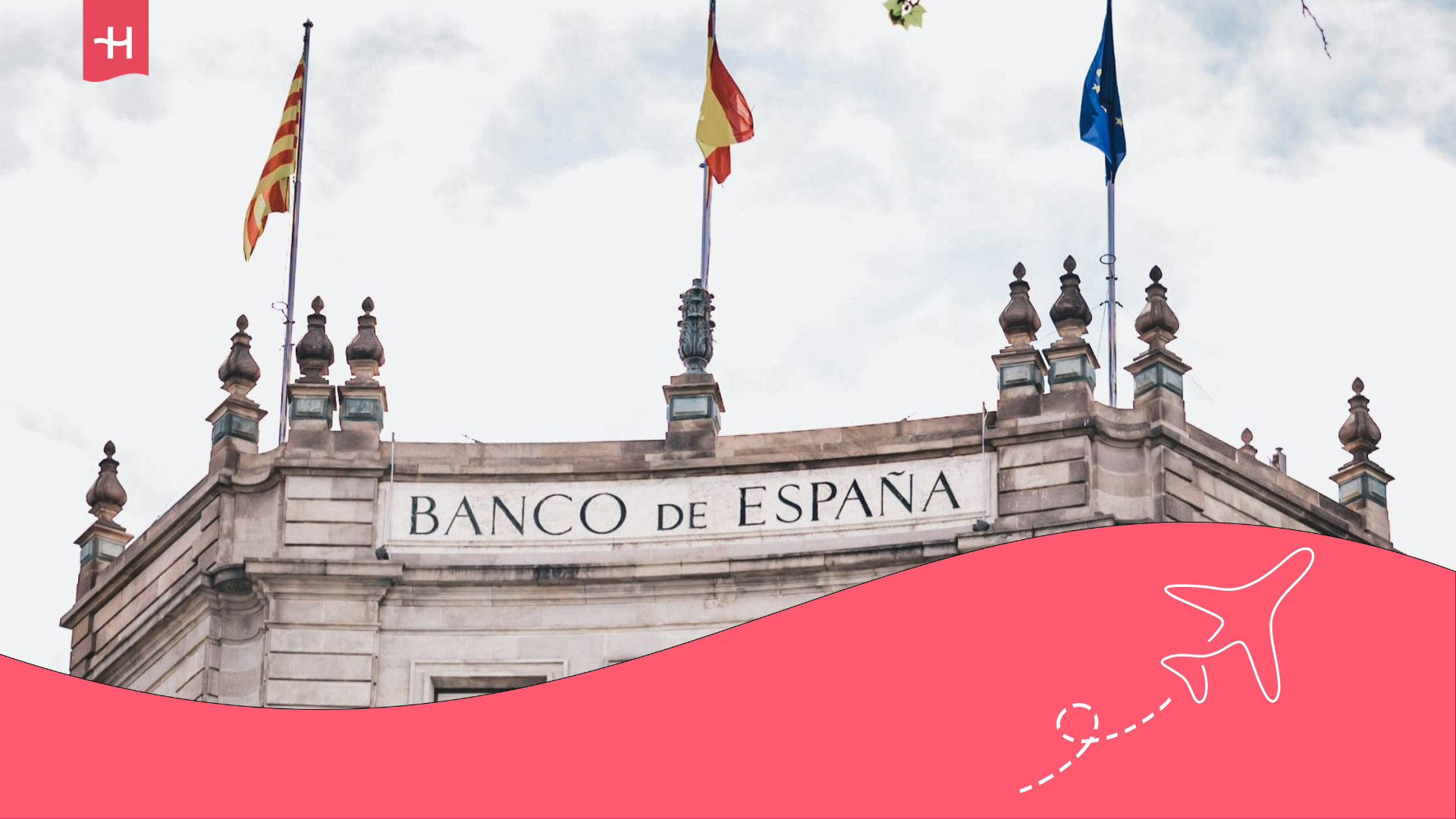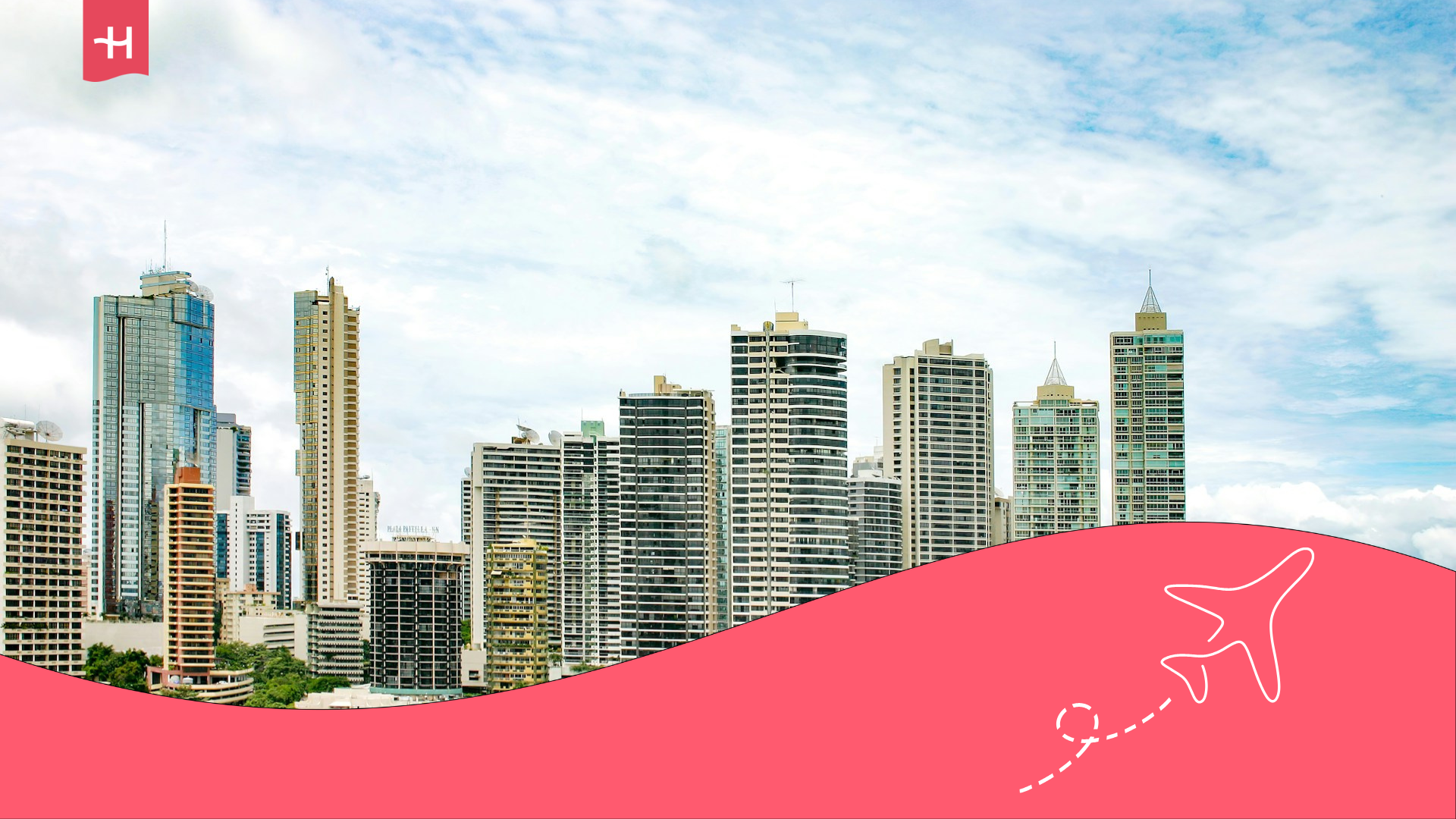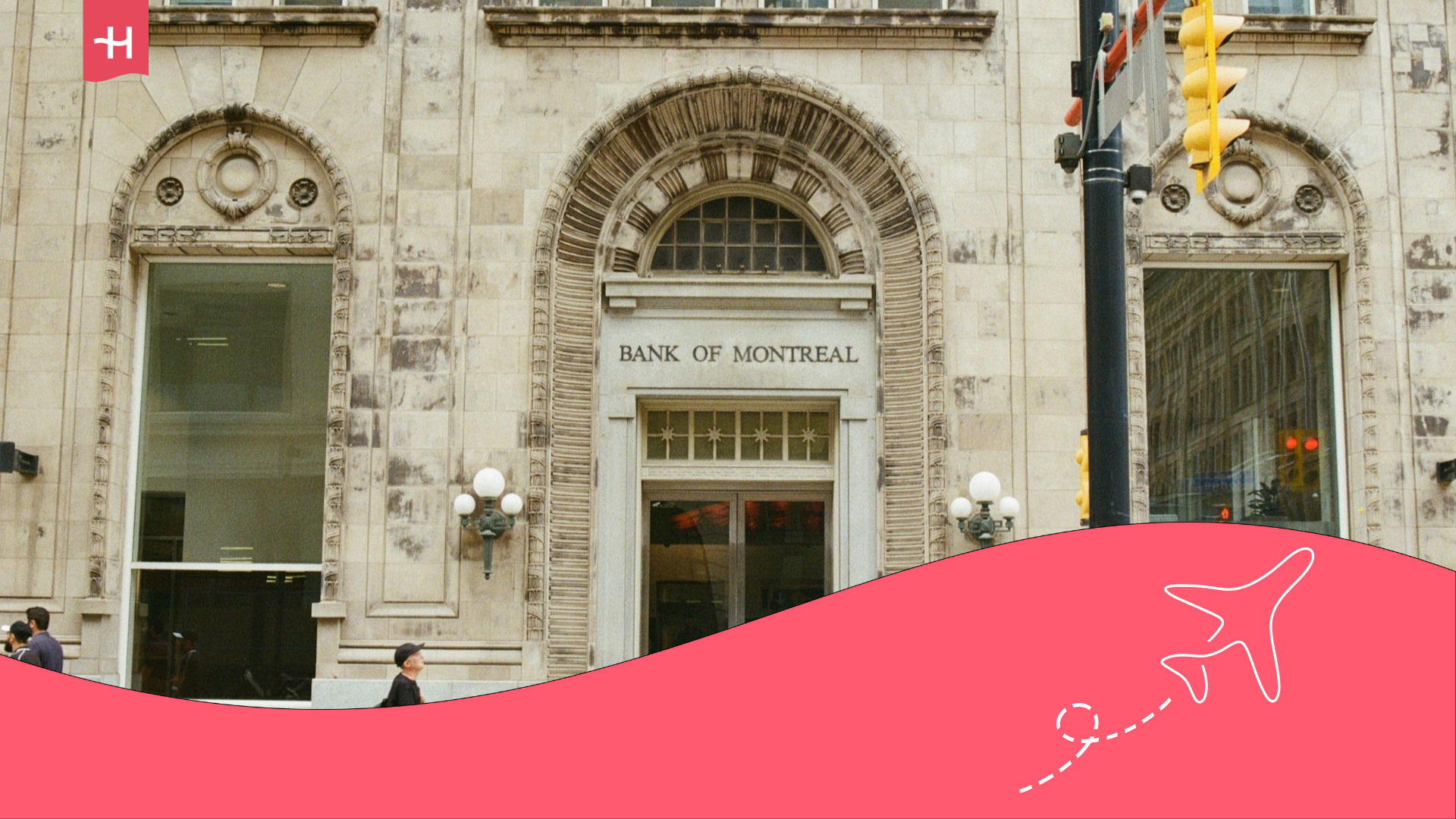Cost of living in Dublin: Food, transport, and more
Cost of living in Dublin: rent, food, transport, healthcare, leisure and internet. Find out the key factors that affect your budget in the city.
When you travel to a foreign city or plan to stay for a while, it’s important to understand the real prices of living there. That’s why in this article we’ll explore Dublin’s cost of living for 2025, with updated rates so you can calculate the monthly budget you’ll need.
We’ll talk about the types of accommodation available, like hotels, hostels, apartments or colivings. We’ll also see if it’s cheaper to shop in a supermarket or eat in a local restaurant. Transport is an essential factor to consider when moving around Ireland’s capital, whether for work, university or exploring the city.
Moreover, we’ll look at how foreigners can access the healthcare system and the leisure activities you can join to make the most of your Dublin experience. We’ll also suggest the best option to get a stable, secure internet connection. Let’s take a tour around the capital of the Emerald Isle!
Average cost of accommodation in Dublin
Dublin’s cost of living for accommodation depends on the type of place you choose and whether it’s central or in suburban areas. Hotels are the most expensive choice, though they offer more comfort, as they’re usually downtown. On the other hand, if you’re a digital nomad, coliving is an excellent option, since you’ll get a coworking space included in the price. Let’s check out the main choices available in Ireland’s capital:
- Hotel: if you’ll stay only a few days, a hotel is a good choice with all services included. On Booking, a double room costs $102 (€88) at Maples House Hotel downtown.
- Hostel: a cheaper choice is sharing a room in a hostel for $35 (€30) per night in City Centre Accommodation.
- Furnished apartment: if you prefer privacy, Spotahome lists studios from $1,340 (€1,150) in Glassamucky or two-bedroom apartments from $1,862 (€1,600) in the centre.
- Coliving: one of the best-known colivings for digital nomads is Nido Living, with central options starting from $1,400 (€1,200). Another is Node Living, in Phibsborough, starting from $1,288 (€1,500) per month for a private room.
- Airbnb: here you’ll find rooms from $70 (€59) per night in the centre, or private apartments from $160 (€140), without contracts, booked directly online.
Cost of food
Let’s go shopping! To calculate Dublin’s cost of living for food, we checked the most popular supermarket chains with affordable prices, like Lidl, Aldi and SuperValu. However, over recent months, shops have raised prices by 5%. A basket with basic goods may cost you this:
- Pasta (1 kg): $2.40 (€2.06)
- Eggs (dozen): $3.30 (€2.83)
- Milk (1 L): approx. $1.30 (€1.12)
- Bottled water (1.5 L): $1.10 (€0.95)
- Beef (1 kg): $12–15 (€10–13)
- Chicken (1 kg): $10 (€8.60)
- Ground coffee (250 g): $5.00 (€4.30)
- Chocolate (100 g): $3.00 (€2.60)
- Irish cheddar cheese (200 g): $3.85 (€3.30)
- Fruit (apples, bananas, tomatoes): $2.00–4.00 (€1.70–3.45)
If you feel like eating out, the price depends on the restaurant and dishes you choose. For instance, at Chiya you can try their famous Irish kebab for about $11.50 (€9.90). If you prefer more elaborate hot dishes, we suggest local restaurants like Bastible or The Quays downtown, where you’ll taste typical Irish cuisine:
| Type of Meal | Dish | Price |
|---|---|---|
| Breakfast | Full Irish Breakfast (eggs, bacon, sausages, tomato, toast) | $9.00 (€7.75) |
| Food | Dublin Coddle (stew with sausages, bacon, potatoes, onion) | $23.00 (€20) |
| Dinner | Irish Stew (lamb or beef stew with potatoes, carrots, onion, herbs) | $20.00 (€18) |
Typical menu from a local restaurant in Dublin.

Transport prices in Dublin
Moving around the capital involves a monthly expense you must consider in Dublin’s cost of living. You’ll find different choices, from public transport to private or more sustainable alternatives, though all are pricier than in other European cities. Once again, it depends on your lifestyle and how much comfort you value.
Public transport
Dublin’s public system combines buses, trams (LUAS) and commuter trains (DART), with fares depending on distance. You’ll get discounts with the Leap Card. Daily, weekly or monthly passes also reduce costs. Approximate fares:
- Journey with Leap Card: from 2 within Zone 1, Dublin city centre.
- Zone 2 journey: from $4.30 (€3.70) in Ranelagh, Ballsbridge, Phibsborough and Drumcondra.
- Zone 3 journey: from $6.20 (€5.30) in areas further out, like Clontarf, Blackrock, Dundrum or Glasnevin.
- Zone 4 journey: from $7.30 (€6.30) to Dún Laoghaire, Howth, Swords or Lucan.
Taxi and transport apps (Uber, Free Now, Bolt)
This option has high fares compared to other European cities, so people usually take it only for emergencies or comfort, avoiding the stress of public transport. You can choose among different apps, though Uber remains the cheapest with rides from $12 (€11) for two kilometres. By contrast, Free Now is more expensive, starting from $32 (€28) for a five-kilometre trip.
Taxis in Dublin use a metre with nationally regulated rates. In 2025, a trip from Dublin Airport to the centre (around 10 km) usually costs $28–35 (€25.60–32), depending on traffic and time.
Rent a bike
Another way to explore the capital healthily and sustainably is by bike. Dublin keeps expanding its segregated cycle lanes, protected from cars, and the government plans 310 km in the coming years. The DublinBikes public system offers these fares:
- Annual card: $40 (€35) per year.
- 3-day ticket: $5.80 (€5.00)
Buy a new vehicle
From Dublin, you can take many routes only accessible if you drive a car. If you plan to stay longer, buying a new vehicle may be more cost-effective than public transport. For example, a new Volkswagen Golf Edition 75 starts at $40,550 (€34,830). You’ll also face these extra costs for owning a car:
- Petrol 95: $2.03/L (€1.72).
- Electric charge: fast charging costs $0.47–0.60 (€0.40–0.60) per kWh.
- Third-party insurance: from $375 (€322) with Aviva or Allianz.
- Comprehensive insurance: from $1,050 (€900), depending on your history.
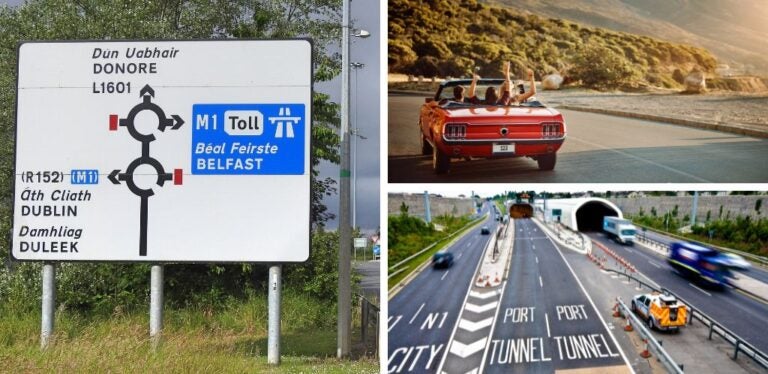
Cost of living in Dublin: Healthcare services
Dublin has a public healthcare system managed by the Health Service Executive (HSE) and also offers private options. How can you access free healthcare? It depends on your nationality. If you come from an EU country, you can receive free treatment in the public system with a European Health Insurance Card (EHIC) requested in your home country fortemporary stays. On the other hand, if you already live here and pay social security contributions, you’re entitled to apply for the Medical Card.
However, if you’re not from the EU, you’ll need to buy a private health insurance covering basic care and hospitalisation. Companies like Cigna or Aetna offer basic plans from $115 (€100) per month. These are the approximate costs if you don’t have insurance:
| Medical services | Approximate cost without insurance |
|---|---|
| General medical consultation | $75–80 (€65–70) |
| Consultation with a specialist | $115–290 (€100–250) |
| Dentist consultation | $54–115 (€55–100) |
| X-ray | $70–140 (€60–120) |
| Day of hospitalisation | $930 (€800) |
| Appendicitis surgery: | $5,820 (€5,000) |
| Paracetamol (500 mg): | $2.35 (€2.00) |
| Ibuprofen (400 mg): | $4.10 (€3.50) |
Private healthcare rates in Dublin.
Internet and call plan prices
When considering Dublin’s cost of living, you also need to include the monthly expense of internet access in the capital. In 2025, Ireland is upgrading internet speeds nationwide, with an average fixed broadband download speed of about 146 Mbps. The main providers you can hire in Dublin are Virgin Media, Eir, Vodafone and Sky Ireland. With them, you’ll browse smoothly at these rates:
- Basic plans: up to 100 Mbps from $35 (€30) per month.
- Fibre optic plans: up to 1 Gbps from $58 (€50) per month.
- High-speed plans: up to 5 Gbps around $93 (€80) per month.
- Sky Mobile: unlimited data and calls for $23 (€20) per month.
- Tesco Mobile: 200 GB and 5,000 call minutes for $23 (€20) per month.
However, if you’ll visit more rural or nature-connected areas, connectivity can be unstable. Therefore, if you’re a digital nomad who needs fast, stable and secure 5G coverage to work remotely anywhere in Dublin, Holafly’s monthly plans will help you stay efficient.
Get your plan with unlimited data and connect several devices at once from $50.50 (€44) per month, with no contracts. Plus, you’ll enjoy the advantage of travelling to over 160 destinations without changing your eSIM. If you’re only staying a short time, you can also choose Holafly’s Dublin eSIM with unlimited data just for the days you need. Which option will you pick?
Important: If you are a frequent traveler and want to stay connected without worrying about expensive roaming or looking for a new SIM at every destination, Holafly’s subscription plans are for you. With a single eSIM, enjoy internet in more than 160 countries for a fixed price and no surprises on your bill. Travel without limits and connect easily and securely! 🚀🌍

Cost of leisure activities in Dublin
What can you do in this city? It depends on your interests, but you’ll find plenty of activities linked to Dublin’s history and culture. In the city’s cost of living, there’s also a section dedicated to ticket prices for the main attractions. Here are some examples:
- Cinema: Tickets cost about $14 (€12).
- Dublin Zoo: Entry for $25.00 (€23.86).
- Olympia Theatre: Tickets range between $30.00 and $105 (€26–90).
- Streaming platform: A monthly Netflix subscription costs $8.15 (€6.99).
- TV services: Cable TV about $50.00 (€47.73) per month.
- Guinness Storehouse: Entry to the beer museum costs about $30 (€26).
- Dublin Castle: Located on Dame Street, one of the capital’s top landmarks. Entry costs around $9.30 (€8.00).
- Trinity College + Book of Kells: Visit its famous library and 9th-century manuscript for $20 (€17.50).
- Christ Church Cathedral: Pne of Dublin’s best-known cathedrals, entry for $9.65 (€8.30).
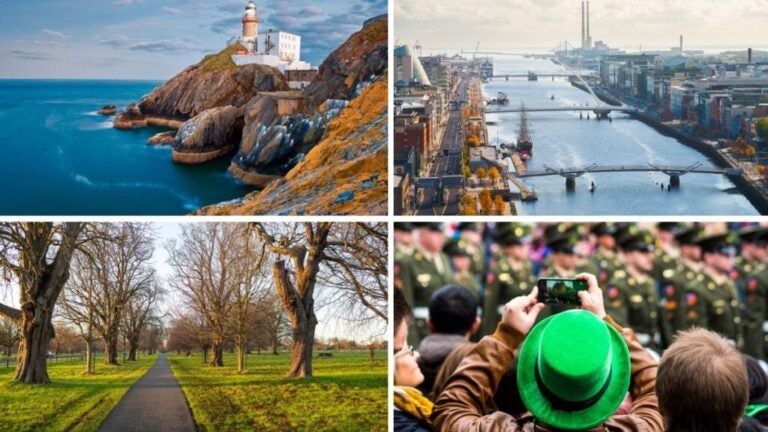
As you’ve seen, Dublin’s cost of living is higher than in most cities in Ireland and other European capitals like Lisbon or Berlin. It’s estimated to be 25% higher than the Irish national average, mainly due to housing, food and transport costs.
To live here, you’d need a monthly budget between $2,560–3,725 (€2,200–3,200), depending on whether you share a flat or choose a more private lifestyle. In exchange for this high cost, the capital offers excellent quality of life, strong job opportunities and the perfect place to start a new adventure, both professionally and personally. Dublin is waiting for you!
Frequently asked questions about the cost of living in Dublin
Rent is the biggest monthly expense in Dublin’s cost of living. You can find a studio from $1,340 (€1,150) in Glassamucky or two-bedroom apartments from $1,862 (€1,600) in the city centre.
Dublin is a safe city with low violent crime rates. The quietest neighbourhoods are in the south, such as Ballsbridge, Donnybrook, Blackrock, Dalkey and Killiney.
For a basic lifestyle, sharing a flat and controlling expenses, you’ll need at least $2,560 (€2,200) per month. However, if you prefer living alone in a central apartment with more leisure, your budget may exceed $3,725 (€3,200).
Dublin offers high salaries, in line with its high cost of living. The average monthly gross salary is about $4,425 (€3,800).





 Language
Language 


















 No results found
No results found


